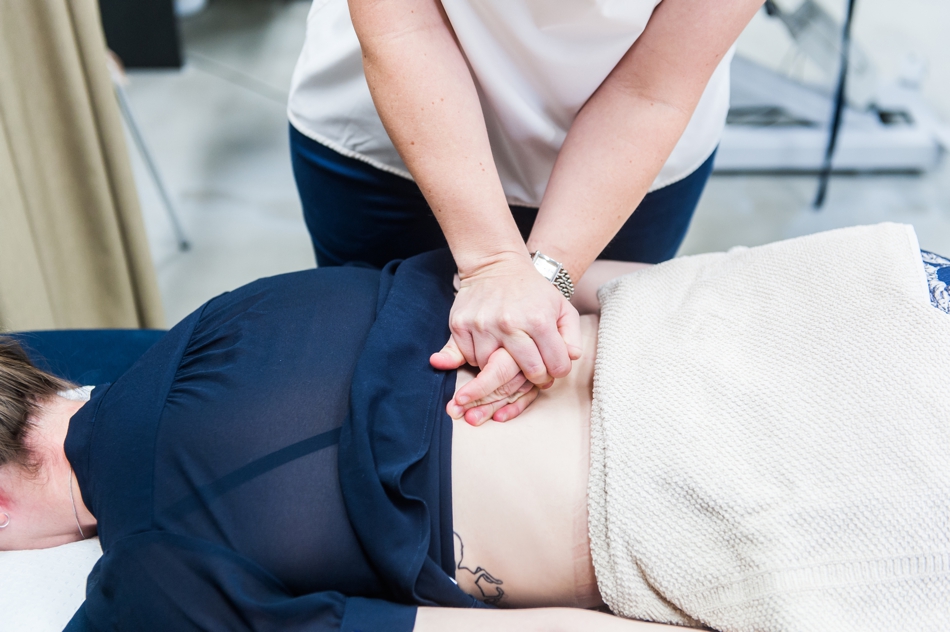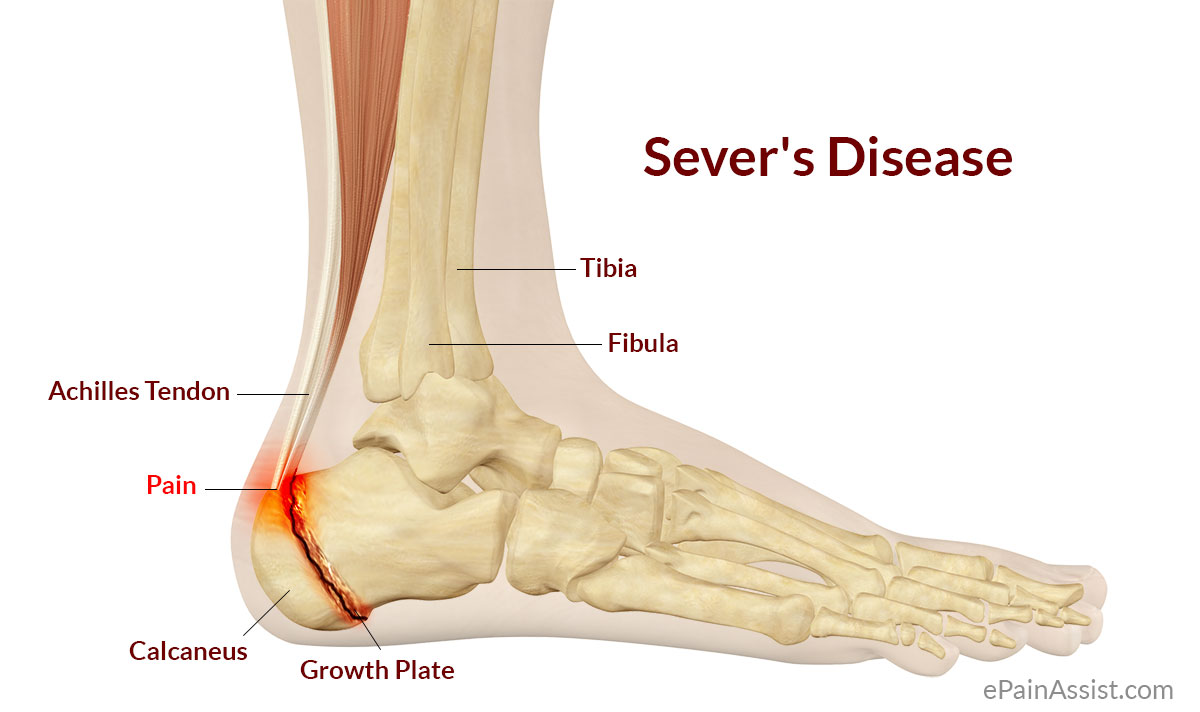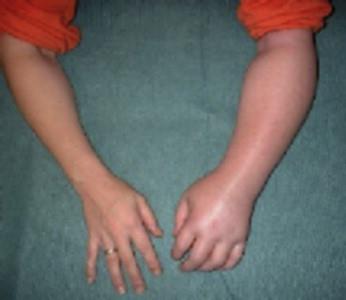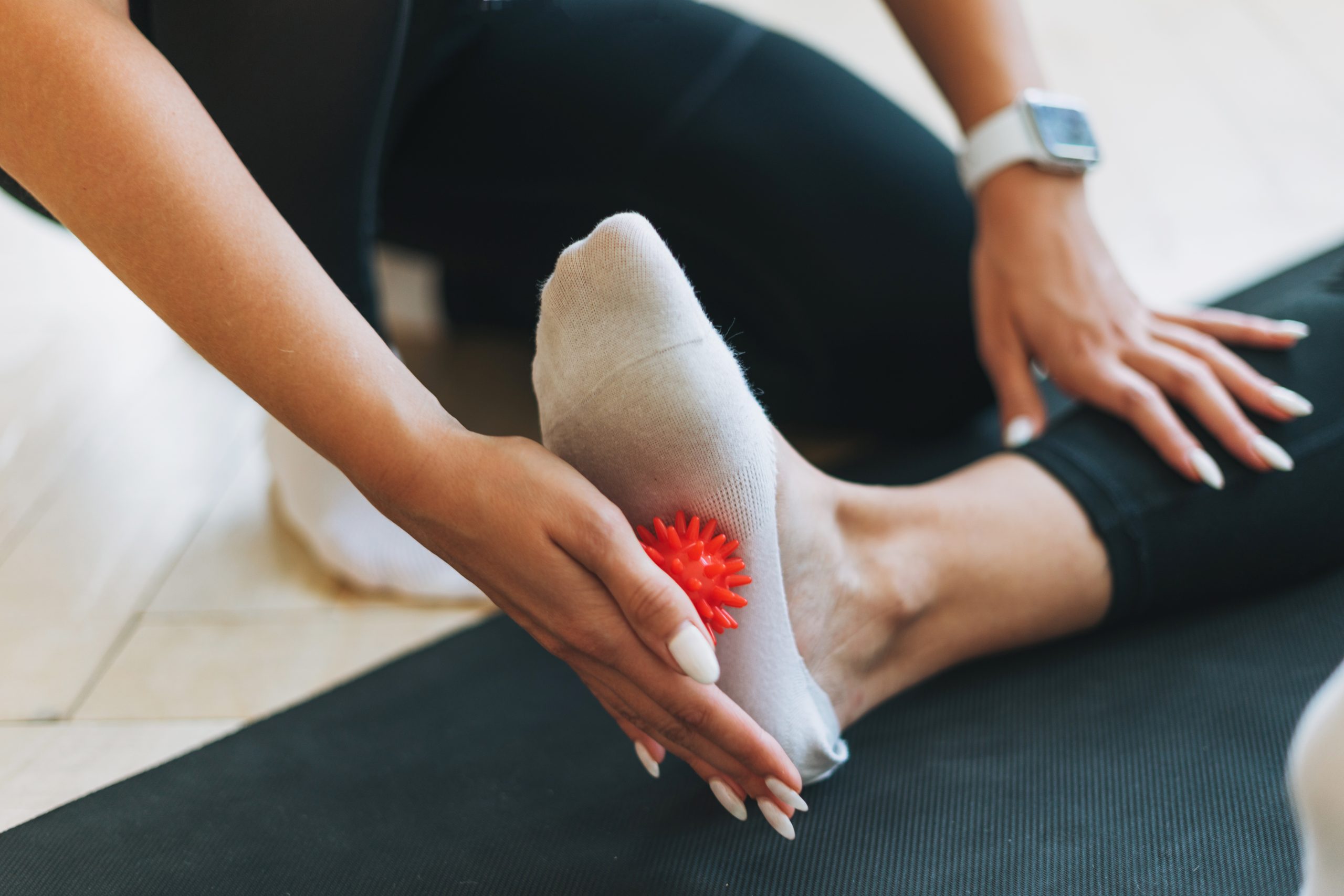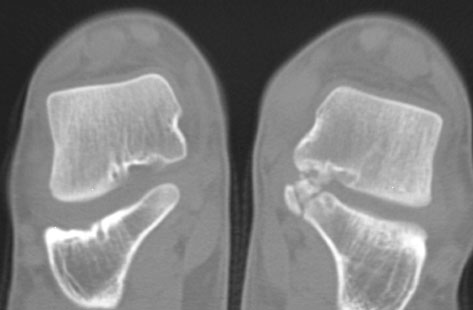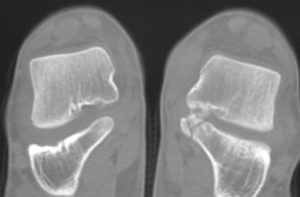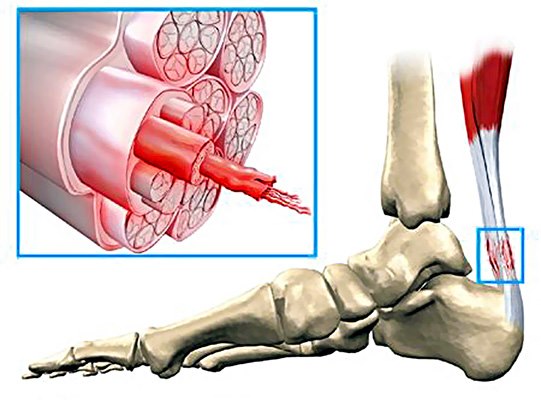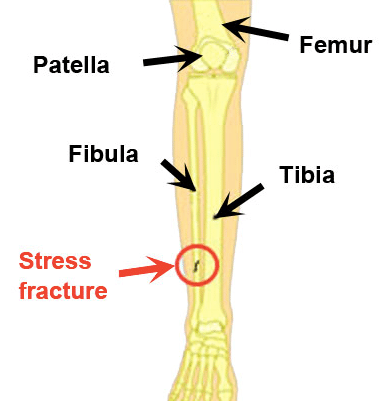Pivotal Motion Physiotherapy – Improving Range of Motion in Your Body
[vc_row][vc_column][vc_column_text] Move better than before We pride ourselves on our client focus here at Pivotal Motion Physiotherapy. Welcoming new and returning patients...
Sports Injuries: Advice from a Brisbane Physio
[vc_row][vc_column][vc_column_text]Sports injuries are frustrating. I empathise with many of you when you come into the clinic limping after a game...
Benefits of Seeing a Physiotherapist
[vc_row][vc_column][vc_column_text]What are the benefits of seeing a physiotherapist? A physiotherapist is trained to improve function, provide support, physical therapy, education...
Back Pain Tips – Combating Lower Back Pain
[vc_row][vc_column][vc_column_text]Acute low back pain can be a very debilitating condition. It is estimated that approximately 80% of Australians will experience...
Regular Exercise Benefits Your Mind and Body
[vc_row][vc_column][vc_column_text]Maintenance is my new favourite word. With the holidays coming up, it appears that we are all forgetting to look...
BACK TO SCHOOL TIPS! SECRETS TO A PAIN FREE EDUCATION
[vc_row][vc_column][vc_column_text]The thing about the really hardworking kids in school is that it all starts to weigh them down half way...
Traction Apophysitis – Growing Pains in Kids
[vc_row][vc_column][vc_column_text] The bones in the human foot don’t develop completely until the late teens. Sometimes the of development can be the...
Raynauds Disease
[vc_row][vc_column][vc_column_text] Raynauds Disease is a condition that causes a narrowing of the arteries that supply blood to the extremities – namely...
Diabetic Foot
[vc_row][vc_column][vc_column_text] DIABETES MELLITUS - THE DIABETIC FOOT The number one request for allied health professionals is to perform a diabetic check and...
Broken Bones That Won’t Heal
[vc_row][vc_column][vc_column_text] We often question about broken bones that won’t heal as well as others. Healthy bones week has prompted the staff...
Explore Causes of Leg Length Differences
[vc_row][vc_column][vc_column_text] Leg length differences can be the source of many irregular issues in our bodies. Our bodies aren’t always symmetrical, there are...
Identifying Flat Feet and Ankle Pronation
[vc_row][vc_column][vc_column_text] “I have flat feet!” Pes Planus is a medical term used to describe a foot that has a flattened arch. There...
Ankle Sprain Poem
An ankle sprain is such a pain! A Poem by Lydia Bartram (Past) Pivotal Motion Physiotherapist Ankle sprains, ankle sprains, how common they...
Tarsal Coalition – Identification and Treatment Options
What is a Tarsal Coalition?
MANAGING ACUTE SOFT TISSUE INJURIES WITH RICER AND HARM
[vc_row][vc_column][vc_column_text] The first 24-48 hours after sustaining a soft tissue injury is crucial in ensuring the best outcome for healing. As...
Running Load Management
[vc_row][vc_column][vc_column_text] Running load management is a great topic for our everyday runners. Too often people leave their training a bit late and...
Peri-tendinitis of a Tendon
[vc_row][vc_column][vc_column_text] Peri-tendinitis of a tendon Peri-tendinitis is an inflammation of the sheath that surrounds a tendon. It can also be associated with...
Stress Fractures
[vc_row][vc_column][vc_column_text] Stress fractures can occur for many different reasons; for example over training or metabolic reasons. There are two groups of bone...




